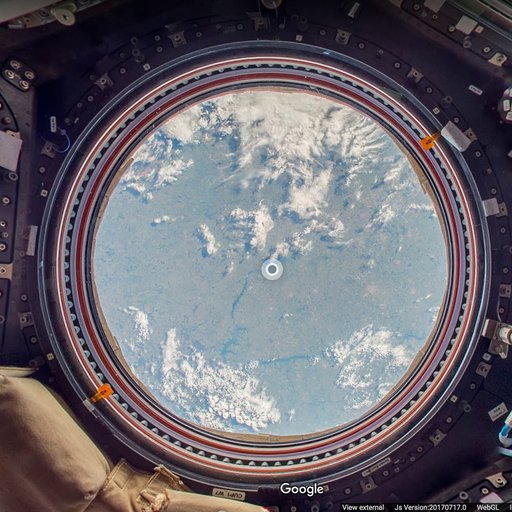Final new first-generation Dragon launches toward ISS
/SpaceX sent its final new first-generation Dragon capsule into space Aug 14, 2017. Launching atop a Falcon 9 rocket, the CRS-12 Dragon cargo ship was sent on its way toward the International Space Station.
The spacecraft is loaded with over 2,900 kilograms of equipment, science experiments and food to the orbiting laboratory. It will spend 36 hours fine-tuning its orbit before rendezvousing to and berthing with the Earth-facing port of the Harmony module.
Read More











